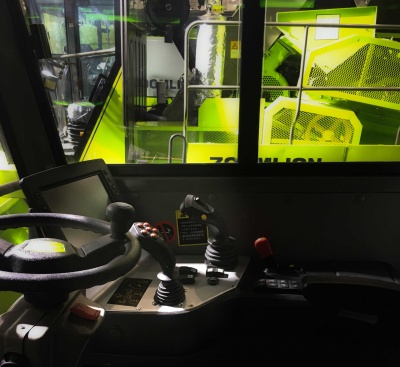Hall effect joysticks have become a popular choice in industrial control systems, offering precise positioning and durability in demanding environments. Understanding the factors that influence their price can help businesses make informed decisions when selecting the right joystick for their needs. This article explores the key aspects affecting the cost of Hall effect joysticks and highlights the value they bring to industrial applications.

1. What Is a Hall Effect Joystick?
Hall effect joysticks rely on the Hall effect principle, a phenomenon where a voltage is generated in the presence of a magnetic field. In these joysticks, the movement of the lever interacts with embedded Hall sensors, providing accurate positional data without physical contact. This design eliminates wear and tear, making them highly reliable for long-term use.
2. Factors Influencing the Price
Several factors contribute to the cost of Hall effect joysticks, each playing a role in determining their overall value.
a. Complexity of Design
The number of axes and the sophistication of the control mechanism directly impact the price. Multi-axis joysticks, which offer control in multiple directions, are generally more expensive than single-axis models due to their increased complexity. Custom designs, such as those with programmable features or additional sensors, also raise costs.
b. Material Quality
The materials used in constructing the joystick affect both durability and cost. High-quality components, such as precision-engineered sensors and robust enclosures, ensure longevity and performance in harsh environments. While these materials may increase the initial price, they often result in lower long-term maintenance and replacement costs.
c. Environmental Suitability
Joysticks designed for specific environments, such as those requiring waterproof or dustproof enclosures, come at a higher cost. These features are essential for applications in industries like mining, marine operations, and heavy machinery, where exposure to extreme conditions is common.
d. Brand and Manufacturing Standards
Well-established manufacturers often adhere to strict quality standards, which can influence pricing. While reputable brands may charge more upfront, their products typically offer better reliability and support, making them a cost-effective choice in the long run.
3. Value Beyond the Price
While the initial cost of a Hall effect joystick may seem higher compared to traditional mechanical models, the long-term benefits often outweigh the investment. The precision, durability, and maintenance-free operation of Hall effect joysticks make them a practical solution for industries requiring consistent performance.
In addition, the lack of mechanical wear reduces the likelihood of unexpected failures, minimizing downtime and associated costs. For applications where reliability is critical, the price of a Hall effect joystick is an investment in operational efficiency.
4. Choosing the Right Supplier
When selecting a Hall effect joystick, the supplier’s reputation and expertise play a crucial role. A reliable manufacturer can provide not only high-quality products but also technical support and customization options to meet specific application needs.
The price of Hall effect joysticks reflects their advanced technology, durability, and performance benefits. While initial costs may vary based on design complexity, materials, and environmental requirements, the long-term value they offer often justifies the investment. For businesses seeking dependable and precise control solutions, the right joystick can enhance productivity and reduce operational costs.
Shanghai Chengong Electrical Control Co., Ltd., a trusted name in industrial control systems, offers Hall effect joysticks that combine quality, reliability, and competitive pricing. Their products are designed to meet the demands of various industries, providing cost-effective solutions that deliver consistent performance.